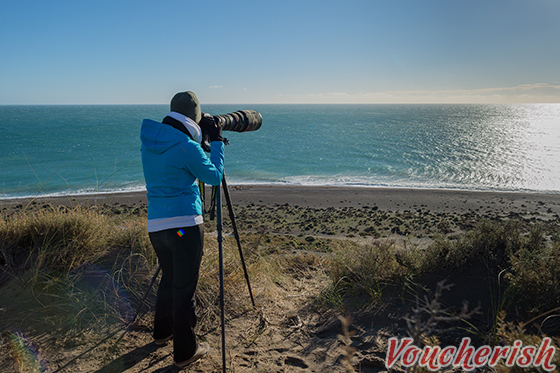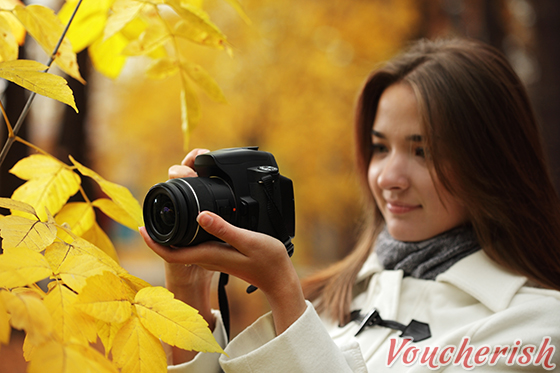10 Principles of Beautiful Photography
There’s a lot more to taking beautiful photographs than having a beautiful subject
1. Know Your Kit
Spend some time getting to know your kit. Whether it’s your phone, a compact camera or a top-of-the-range SLR, your kit will have a range of settings. Spend time getting to know them – what they look like, when to use them and how to access them quickly. Settings such as ‘HDR’ can dramatically turn your rather ordinary scene into a beautiful photograph. If you’re looking for a compact camera, check out the Panasonic Lumix TZ70 or the Canon PowerShot S120. For a great entry level SLR have a look at the Nikon D3300.

2. See It as a Hobby
Learning techniques, tricks and your own personal photo-taking style all take time. For truly beautiful shots, try to see it as a hobby and invest some time in it. Use some free time to visit different places that allow you to try different things and experiment with your skills. The best way to improve your photo taking is to increase the amount of photos you take and see what works.
3. Understanding the Brain
Creating a beautiful shot requires a little understanding of how the brain interprets photographs – it’s not enough to be standing with your camera in a stunning location. The human brain loves patterns and complimenting colors, if you can include either in your shot, it is likely to seem more pleasing. It’s also important to compose your shot well – keep the horizon straight and maintain the ‘rule of thirds’. The brain interprets photos in thirds – for a landscape shot, keep your shot two-thirds land and one-third sky, or vice versa. Try to avoid splitting your scene in half.
4. Create Movement or Depth
Give your photo a clear focal point, something that attention is immediately drawn to. This can be accomplished by changing focus, placing it in your shot according to the ‘rule of thirds’ or by framing it using other elements of your scene. Also try to provide depth and movement to the photo – a path, road or river guides a viewer’s eye through the shot, and including additional objects such as a person or building give a sense of scale and depth.
5. Keep Your Camera With You
Some of the best photos happen when its least expected. As your mind learns to look at things differently, you’ll start to see great photo opportunities in some very ordinary places so keep your camera with you to ensure you don’t miss them.

6. Try to Look at Details
Similarly, as well as keeping a look out for stunning scenery, start looking at the details of things. Rather than looking to photograph a whole building, focus on smaller parts such the stonework, windows or door handles. Rather than photographing a forest, take a look at one tree or one leaf. This provides a different level of insight and interest to your photo.
7. Change Your Perspective
It’s tempting to simply lift your camera to eye-level and snap but that is the view most people already have of the world. To capture something that seems more unique and interesting, try to find a different perspective – get a little higher and look down or get closer to the ground and look up at your scene.
8. Get to Know Light
The harsh midday sun isn’t good for photo taking; it creates strongly lit areas as well as areas of deep shadow. The softer light of early morning and late afternoon give photos a golden glow which is flattering to both landscapes and people alike. No matter your subject, great lighting can make or break your photo.
9. Post-Photo Software and Apps
There are a huge number of software packages and apps that allow you to enhance your photos after you’ve taken them. Read some reviews to find one that suits your needs – they can’t make an awful photo beautiful, but they can enhance features to make a good photo great. Check out apps such as Instagram, Adobe Photoshop Express and VSCO Cam. For software, try Adobe Photo-shop, Picasa and GIMP for editing.
10. Take Some Time
Taking beautiful photos requires a lot of time and patience. If you find a scene you’re interested in capturing, take some time to compose the photo well, choose a focal point and move until lighting is good. Sometimes just taking a single step can dramatically alter a photo so take several shots as you move around your subject. The more you do this, the more you’ll find your style and what makes a pleasing shot for you – it’ll soon become habit to seek out these things and the time you spend in creating your shot will decrease.









